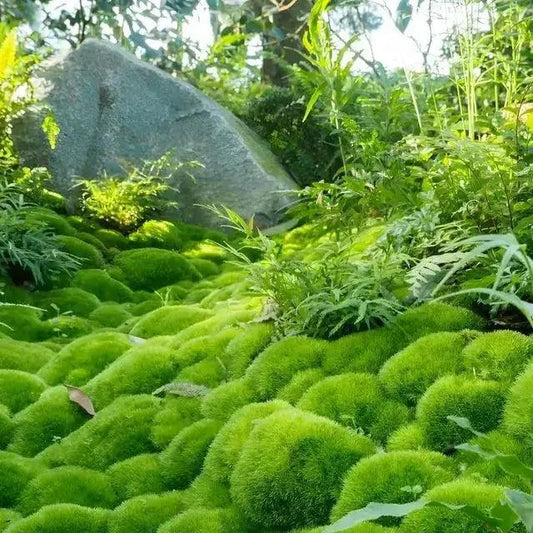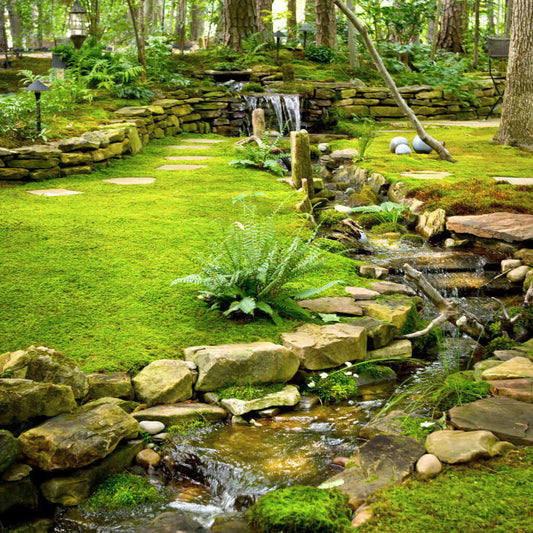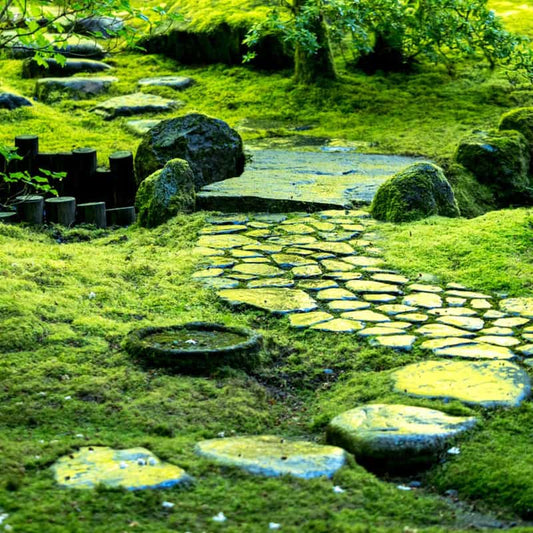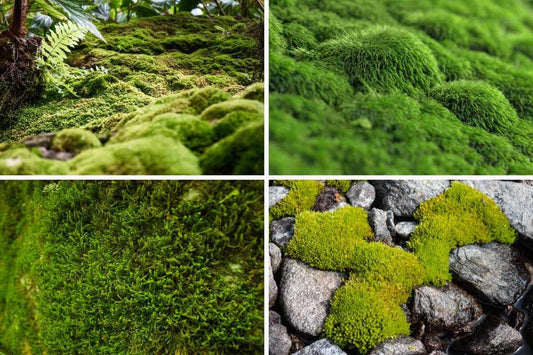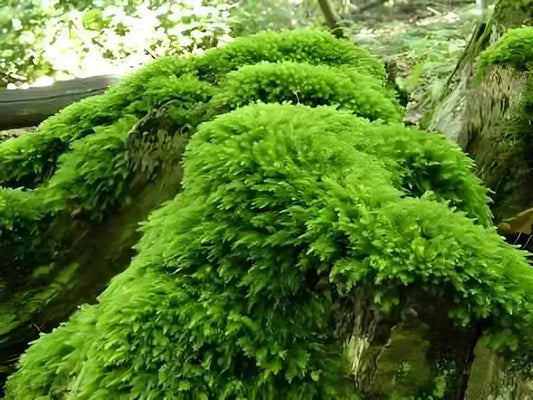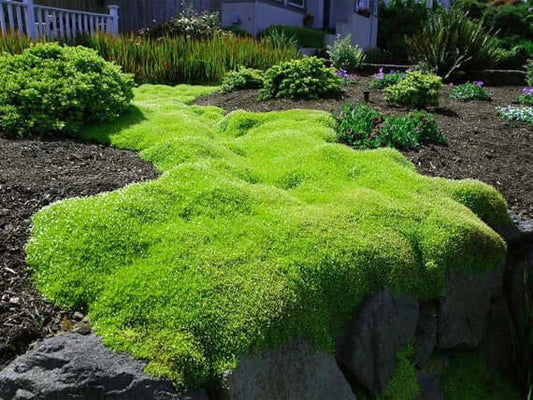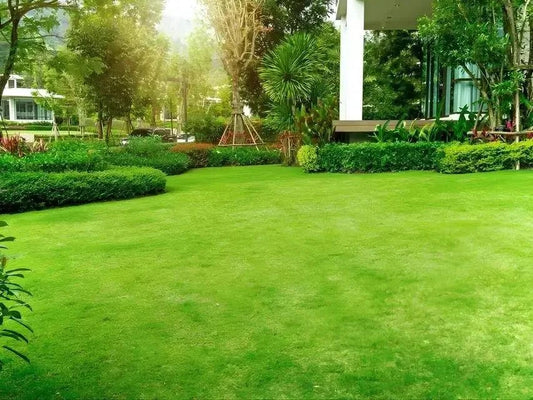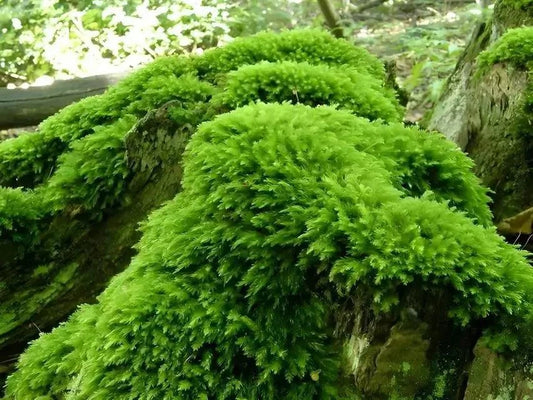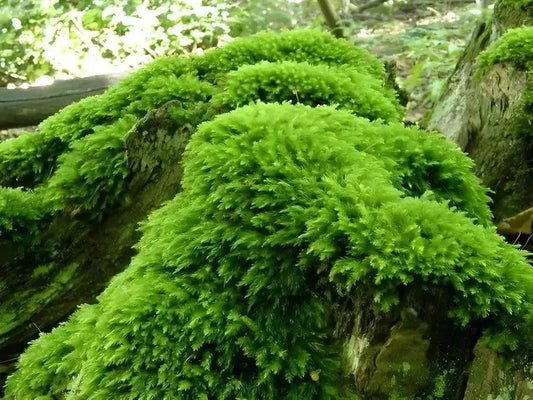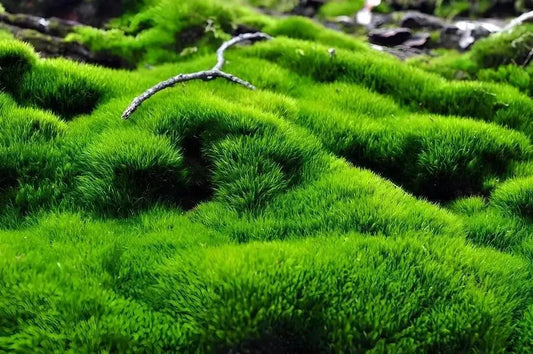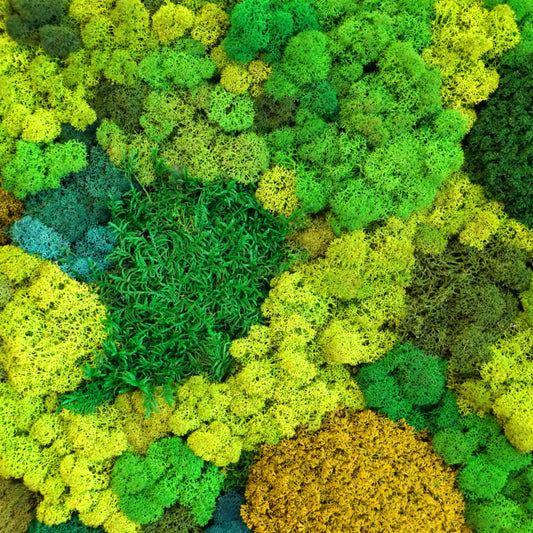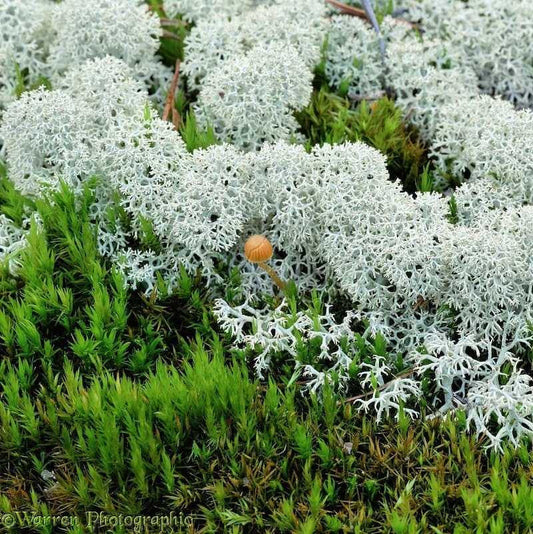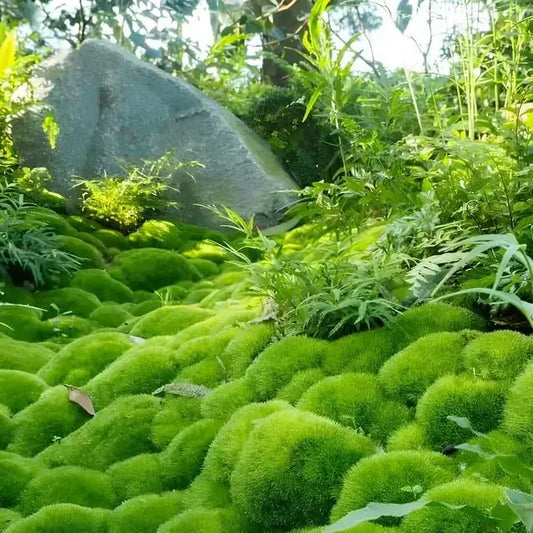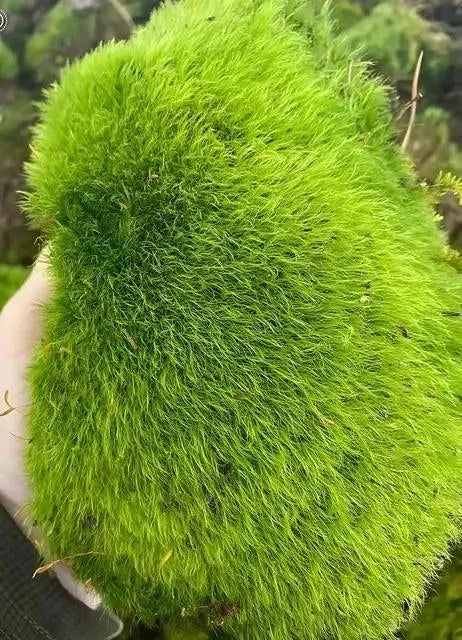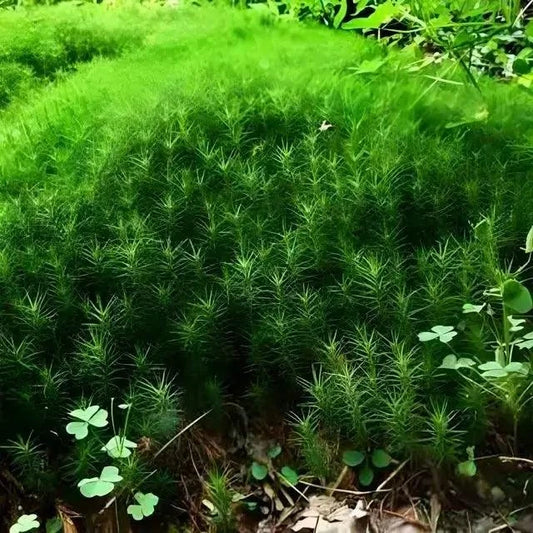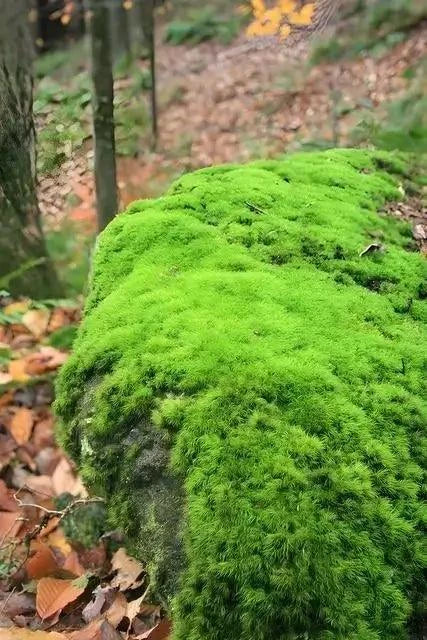Detailed Description
Moss Improves The Soil
Live moss is a small, non-flowering plant. They belong to the taxonomic division Bryophyta, with bryophytes referring to their parent group. Most species form dense, green clumps and grow in moist areas. They are often found in moist areas and are best known for their distinctive color.
How to identify moss
However, mosses can be difficult to identify. In this article, you'll learn how to identify a variety of moss. Moss is the most common type...
Moss Improves The Soil
Live moss is a small, non-flowering plant. They belong to the taxonomic division Bryophyta, with bryophytes referring to their parent group. Most species form dense, green clumps and grow in moist areas. They are often found in moist areas and are best known for their distinctive color.
How to identify moss
However, mosses can be difficult to identify. In this article, you'll learn how to identify a variety of moss. Moss is the most common type of plant in the world. They are deep green and grow in large clumps. Their wide range of habitats allows them to cover large trees and rocks. Their preferred soil type is organic and rich in humus. It are also very adaptable to clay and rocky soils.
This is the most common type of moss and is also the easiest to identify
Mood Moss
It is native to the northeastern United States but can be found across North America, Asia, and Europe. It grows best on woodland surfaces with moderate lighting. The ideal temperature for the moss is 55 degrees Fahrenheit. It prefers acidic environments and often grows on acidic surfaces. Although it can tolerate neutral levels, it is not tolerant of high temperatures and lacks oxygen.
This variety can be grown in the sun or shade. It can grow on rocks, gravel, or wood. Its shallow root structure allows it to absorb nutrients more efficiently. It grows quickly in US zones six and seven but needs some water to maintain a healthy pH level. It is best to water it every other day or every few days, depending on the humidity levels. It is also slow-growing, and it needs some time to process the nutrients it needs to stay healthy.
Shade Moss
It thrives in moderate temperatures, which makes it a great plant for a patio or outdoor patio. This type of moss remains active throughout the winter, even in low temperatures. Because of the high amount of light it receives, moss is an evergreen plant and photosynthesis takes place there. However, if the weather is too dry for moss, it goes dormant and grows dormant. As a result, it is best to bring it indoors during the winter, but it will come back out in the spring.

